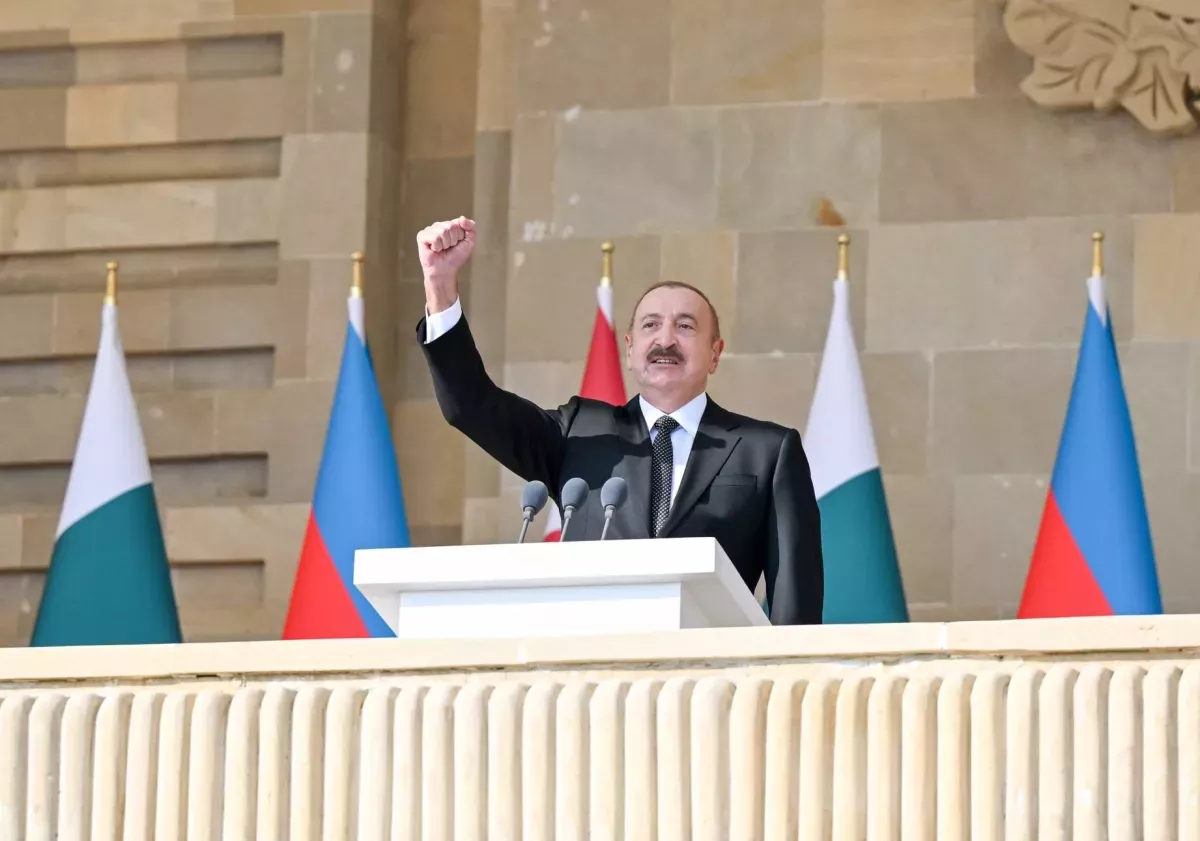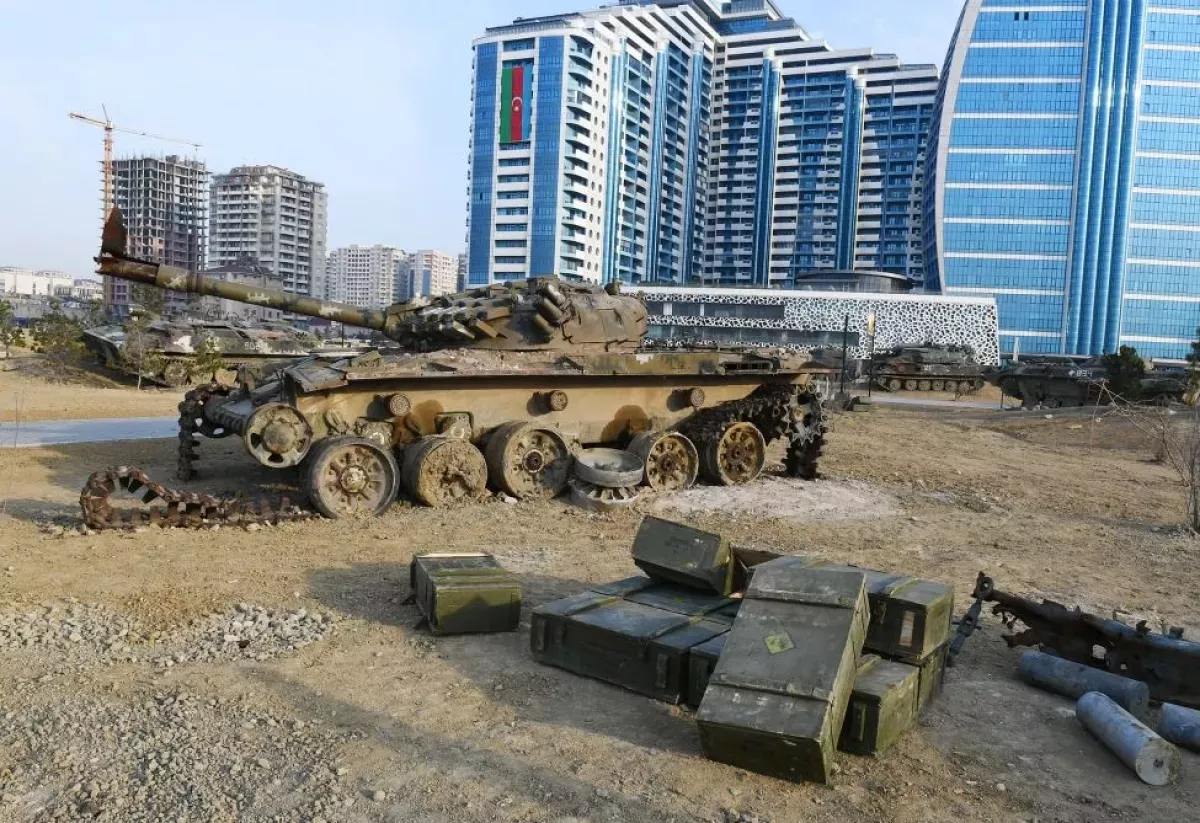“Tea in Baku” for Kocharyan, Sargsyan, and Ohanyan Reminder from Baku’s Military Parade
The grand military parade held on November 8 in Baku is being widely discussed in leading international media. And it’s not just because the world witnessed another demonstration of the growing power of the Azerbaijani army, including a variety of foreign and domestic weapons. The speeches delivered during the parade also attracted significant attention.
In this context, it is worth noting that the Azerbaijani President and Supreme Commander Ilham Aliyev made remarks that are being discussed in many countries, including Armenia. With his characteristic subtle irony, the head of state recalled how, before the Second Karabakh War, Armenian public discourse often speculated about a “future march on Baku.”

At that time, Armenian military and political figures, intoxicated by their own propaganda, promised that their tanks would allegedly enter the Azerbaijani capital and that they would “drinking tea in Baku.” As President Aliyev emphasised, the Armenian side’s desires did indeed come true—but in a way far from what they had imagined.
“In fact, their dreams did come true. We made them come true. Their tanks are on display in the Military Trophies Park today,” stated the Supreme Commander. This statement became one of the most precise and symbolic summaries of the Second Karabakh War’s outcome.
Indeed, Armenian armoured vehicles, once intimidatingly paraded in Yerevan, are now exhibited in Baku’s Military Trophy Park—as silent testimony to the aggressor’s defeat and the strength of the Azerbaijani army.
Robert Kocharyan, Serzh Sargsyan, and Seyran Ohanyan spent years turning occupied territories into a personal system of wealth and power. They sold scrap metal, cut down forests, engaged in smuggling, and effectively turned Azerbaijani lands into their own feudal domains. Today, these very individuals are the loudest voices opposing a peace agreement between Baku and Yerevan, calling for revenge and pushing Armenian society toward another catastrophe.
It is therefore logical and just that one day they might find themselves where their associates once were—in Baku, as defendants. There, they could deliver their justifications as much as they like—under secure supervision and with all necessary provisions, including the tea they once dreamed of. Symbolically, a tour of the Military Trophy Park for such figures would be particularly fitting.

Among destroyed tanks, artillery pieces, and other military equipment, they would witness firsthand the outcome of their “heroism”—the reality of their dreams about “new Azerbaijani territories.” This statement has a clear origin: David Tonoyan, who at the time served as Armenia’s acting defence minister, once boasted that a new war would result in the capture of additional Azerbaijani territories.
His words became a symbol of Armenian militarism and reckless bravado. In reality, the new war ended with the defeat of the Armenian army and the restoration of Azerbaijan’s territorial integrity.
History, as always, sets the record straight. Those who threatened Azerbaijan lost not only the lands they had seized but also their political credibility. Meanwhile, those who trusted in the justice and strength of their country saw the Azerbaijani flag rise once again over liberated cities. Azerbaijan demonstrated to the world that prolonged occupation cannot last forever, that international law is enforced not by words but by actions, and that justice is not an abstract concept but a power reinforced by determination and courage.








